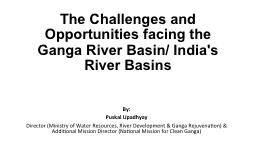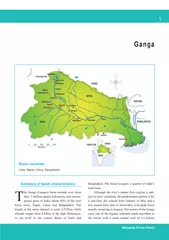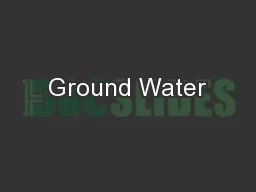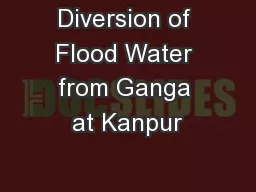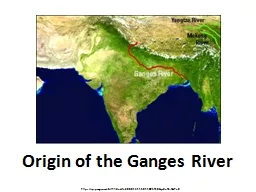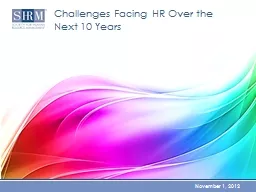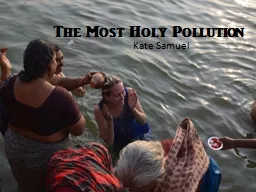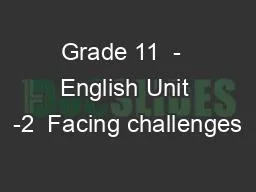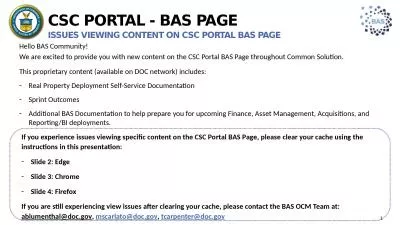PPT-The Challenges and Opportunities facing the Ganga River Bas
Author : briana-ranney | Published Date : 2018-01-11
Basins By Puskal Upadhyay Director Ministry of Water Resources River Development amp Ganga Rejuvenation amp Additional Mission Director National Mission for Clean
Presentation Embed Code
Download Presentation
Download Presentation The PPT/PDF document "The Challenges and Opportunities facing ..." is the property of its rightful owner. Permission is granted to download and print the materials on this website for personal, non-commercial use only, and to display it on your personal computer provided you do not modify the materials and that you retain all copyright notices contained in the materials. By downloading content from our website, you accept the terms of this agreement.
The Challenges and Opportunities facing the Ganga River Bas: Transcript
Download Rules Of Document
"The Challenges and Opportunities facing the Ganga River Bas"The content belongs to its owner. You may download and print it for personal use, without modification, and keep all copyright notices. By downloading, you agree to these terms.
Related Documents

